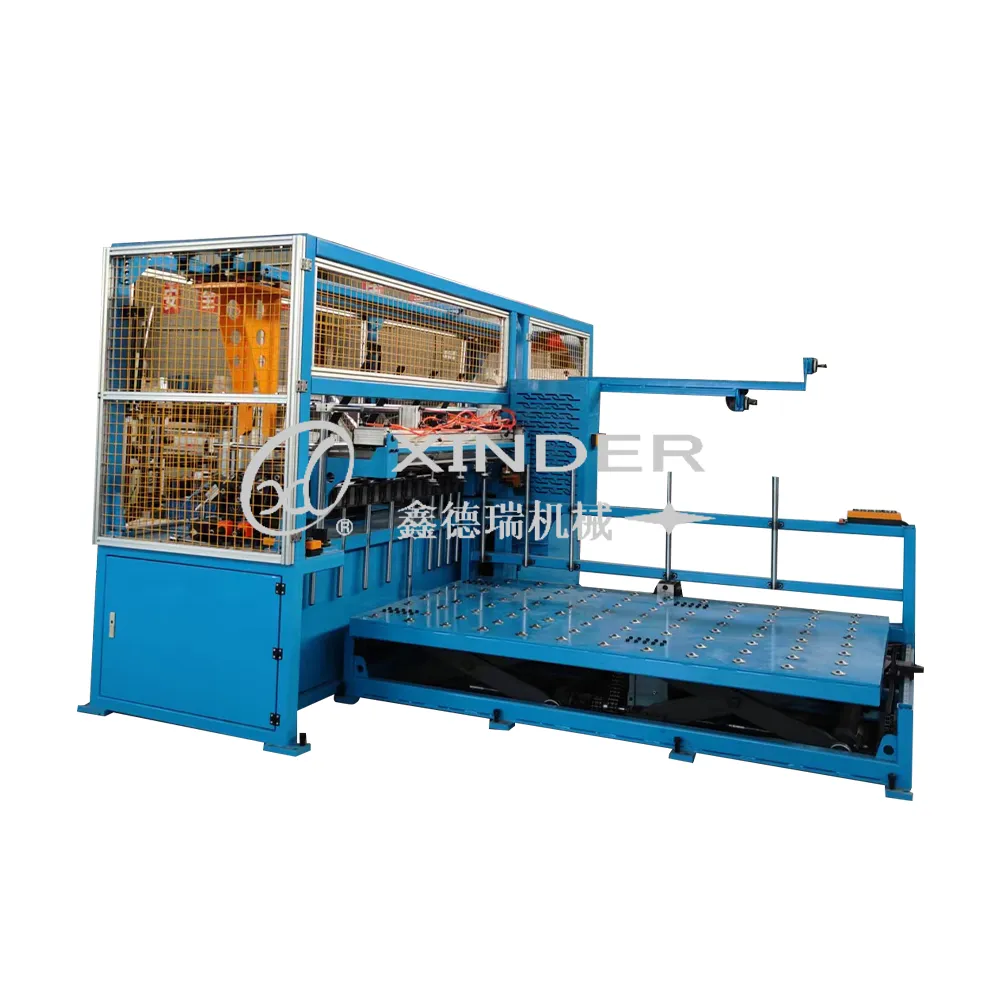-
 8613931787312
8613931787312 -
 Botou Industrial Zone on the east side of National Highway 104, Botou City, Hebei Province
Botou Industrial Zone on the east side of National Highway 104, Botou City, Hebei Province
- Afrikaans
- Albanian
- Amharic
- Arabic
- Armenian
- Azerbaijani
- Basque
- Belarusian
- Bengali
- Bosnian
- Bulgarian
- Catalan
- Cebuano
- Corsican
- Croatian
- Czech
- Danish
- Dutch
- English
- Esperanto
- Estonian
- Finnish
- French
- Frisian
- Galician
- Georgian
- German
- Greek
- Gujarati
- haitian_creole
- hausa
- hawaiian
- Hebrew
- Hindi
- Miao
- Hungarian
- Icelandic
- igbo
- Indonesian
- irish
- Italian
- Japanese
- Javanese
- Kannada
- kazakh
- Khmer
- Rwandese
- Korean
- Kurdish
- Kyrgyz
- Lao
- Latin
- Latvian
- Lithuanian
- Luxembourgish
- Macedonian
- Malgashi
- Malay
- Malayalam
- Maltese
- Maori
- Marathi
- Mongolian
- Myanmar
- Nepali
- Norwegian
- Norwegian
- Occitan
- Pashto
- Persian
- Polish
- Portuguese
- Punjabi
- Romanian
- Russian
- Samoan
- scottish-gaelic
- Serbian
- Sesotho
- Shona
- Sindhi
- Sinhala
- Slovak
- Slovenian
- Somali
- Spanish
- Sundanese
- Swahili
- Swedish
- Tagalog
- Tajik
- Tamil
- Tatar
- Telugu
- Thai
- Turkish
- Turkmen
- Ukrainian
- Urdu
- Uighur
- Uzbek
- Vietnamese
- Welsh
- Bantu
- Yiddish
- Yoruba
- Zulu
Mar . 03, 2025 12:42
Back to list
hydraulic bending machine
The hydraulic bending machine stands as a pivotal tool in the metalworking industry, offering unparalleled efficiency and precision. For professionals dedicated to bending metal with utmost accuracy, understanding the nuances of these machines can offer a competitive edge in craftsmanship and productivity.
Hydraulic bending machines are recognized for their quiet operation, a valuable trait in maintaining a conducive workplace environment. The relative silence compared to mechanical alternatives is due to the smoother operations of hydraulic systems, which involve fewer moving parts clashing against each other. This reduction in noise pollution is beneficial not just for the health and well-being of the workforce, but also for complying with regulatory noise limits often found in industrial settings. Despite the numerous benefits, selecting the right hydraulic bending machine requires evaluating specific business needs and operational goals. Factors such as the nature of the materials most frequently used, required bend dimensions, production volume, and budget constraints should all influence the decision-making process. Establishing a relationship with reputable manufacturers who offer reliable customer support and have a proven track record of quality can heavily impact the long-term satisfaction and ROI (Return on Investment) of such a purchase. Market trends indicate that the demand for hydraulic bending machines will continue to rise, driven by the increasing complexity of design specifications and the need for energy-efficient operations. As industries strive to minimize material waste and optimize performance, hydraulic systems offer an attractive solution aligned with sustainability goals. Modern innovations focus on enhancing energy conservation features, whether it be through improved hydraulic fluid management systems or intelligent machine eco-modes that reduce power consumption during idle times. In the grand landscape of metal fabrication, hydraulic bending machines have cemented their place as indispensable workhorses. Their precise control, reliability, and adaptability to diverse industrial requirements accentuate their authority in the manufacturing domain. Moving forward, businesses that aptly leverage the advanced features and capabilities of these machines can better position themselves to meet the dynamic demands of the global market while maintaining high standards of quality and operational excellence. In doing so, they not only fortify their production capability but also their reputation as innovators and leaders within the metalworking industry.


Hydraulic bending machines are recognized for their quiet operation, a valuable trait in maintaining a conducive workplace environment. The relative silence compared to mechanical alternatives is due to the smoother operations of hydraulic systems, which involve fewer moving parts clashing against each other. This reduction in noise pollution is beneficial not just for the health and well-being of the workforce, but also for complying with regulatory noise limits often found in industrial settings. Despite the numerous benefits, selecting the right hydraulic bending machine requires evaluating specific business needs and operational goals. Factors such as the nature of the materials most frequently used, required bend dimensions, production volume, and budget constraints should all influence the decision-making process. Establishing a relationship with reputable manufacturers who offer reliable customer support and have a proven track record of quality can heavily impact the long-term satisfaction and ROI (Return on Investment) of such a purchase. Market trends indicate that the demand for hydraulic bending machines will continue to rise, driven by the increasing complexity of design specifications and the need for energy-efficient operations. As industries strive to minimize material waste and optimize performance, hydraulic systems offer an attractive solution aligned with sustainability goals. Modern innovations focus on enhancing energy conservation features, whether it be through improved hydraulic fluid management systems or intelligent machine eco-modes that reduce power consumption during idle times. In the grand landscape of metal fabrication, hydraulic bending machines have cemented their place as indispensable workhorses. Their precise control, reliability, and adaptability to diverse industrial requirements accentuate their authority in the manufacturing domain. Moving forward, businesses that aptly leverage the advanced features and capabilities of these machines can better position themselves to meet the dynamic demands of the global market while maintaining high standards of quality and operational excellence. In doing so, they not only fortify their production capability but also their reputation as innovators and leaders within the metalworking industry.
Latest News
-
The Rise of Laser Welding: Precision Meets Power in Modern MetalworkNewsAug.06,2025
-
Streamlining Industrial Packaging: The Power of Barrel Production LinesNewsAug.06,2025
-
Revolutionizing Metal Joining: The Power of Automatic Seam Welding MachinesNewsAug.06,2025
-
Powering Industrial Innovation: The Role of Pipe and Tube Machinery in Modern ManufacturingNewsAug.06,2025
-
Exploring the World of Resistance Welding: Equipment, Manufacturers, and Pricing InsightsNewsAug.06,2025
-
Advancing Container Manufacturing: The Role of the Modern Can Welding MachineNewsAug.06,2025
-
Understanding Automatic Seam Welding Machines: A Game Changer in Welding TechnologyNewsJul.18,2025
related products
-
 Pneumatic Handle Welding MachineSep . 13, 2024
Pneumatic Handle Welding MachineSep . 13, 2024 -
 Fully Automatic Kaiping Production LineOct . 17, 2024
Fully Automatic Kaiping Production LineOct . 17, 2024 -
 Fully Automatic Metal Bucket Lifting HeadphonesSep . 14, 2024
Fully Automatic Metal Bucket Lifting HeadphonesSep . 14, 2024

